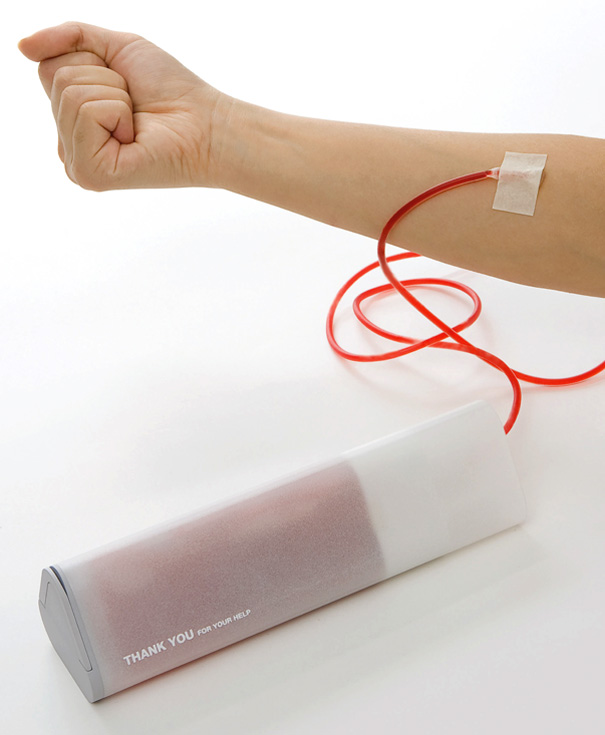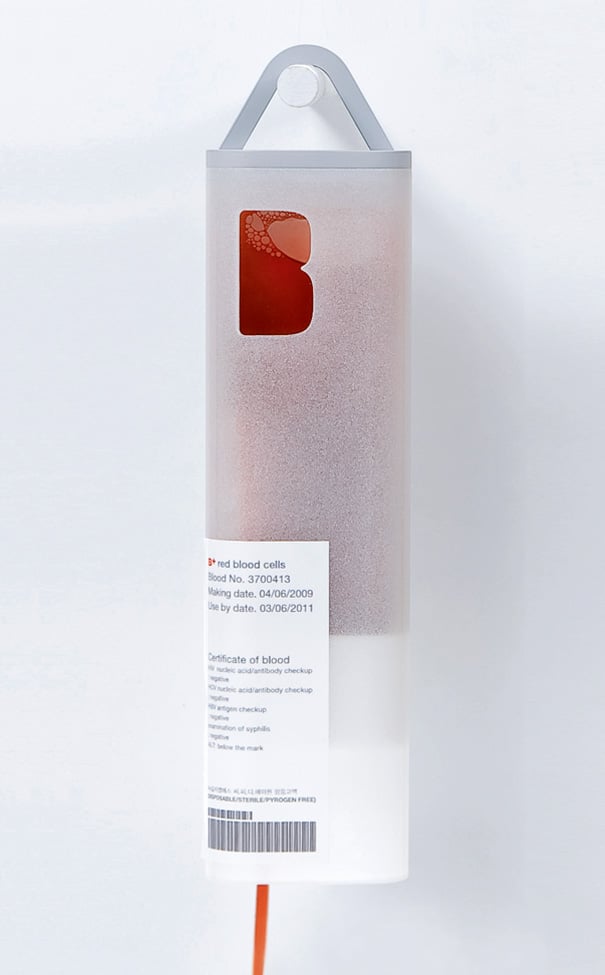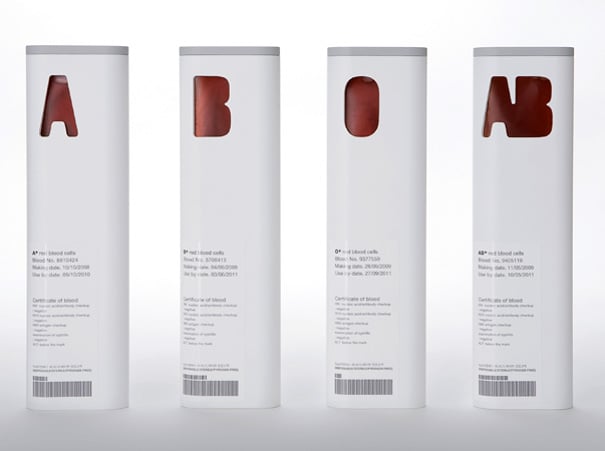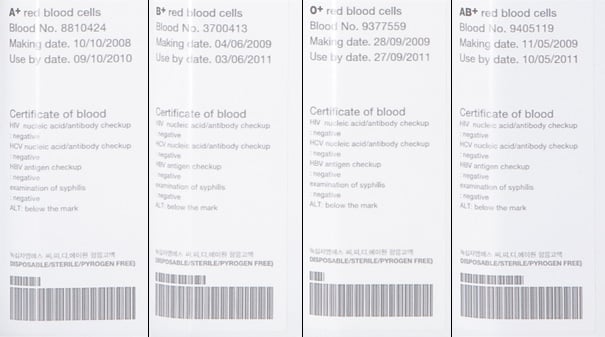New oportunity for people.
Belgian surgeons have used 3D printing to transform the life of an eighty year old woman with a bone infection known as osteomyelitis. The woman (who wished to remain anonymous) had so much damage to her lower jaw bone that it could not be saved. When doctors from BelgianHasselt University Biomed heard about her case, they decided to help her out by creating a customized, 3D printed titanium jaw implant for her. They hoped the printed implant would allow her to lead a normal life by restoring her ability to eat, drink and speak.

In order to successfully build the implant, the woman first underwent an MRI. This gave the surgeons an exact scan to work with and allowed them to develop the plan for a customized implant that would attach to the remaining parts of her jaw. Then,
LayerWise fed the plans into a 3D printer which built a new jaw for the woman by fusing titanium powder into the needed shape.

Dr. Peter Mercelis, Managing Director of LayerWise, said the jaw implant took just two days to manufacture. "Technology has the huge advantage that it is perfectly suited to create individualized pieces. You do not need large series of ten-thousands of parts to make it economically feasible and there's a large patient group that could benefit from a personalized implant," Mercelis said.
Current implant technology does not usually involve personalized prosthetics. "Right now the surgeons have to take implants off the shelf and they are only available in a certain number of sizes and they are not tailored to fit the individual patient," Mercelis said. The patient can be on the operating table for almost a full day while the surgeons adjust and readjust the implant until it fits. Being able to walk into surgery knowing that the piece will be a perfect match represents a huge step forward for everyone involved.
 Titanium powder
Titanium powder
Titanium also has the unique quality of being compatible with our bodies, so when it's used to replace bone structures there is far less risk of rejection than with traditional implant mediums.
Within four hours of her surgery the woman was able to eat, drink and speak; an almost unheard of recovery rate. It can take months until patients who undergo traditional jaw implant surgeries are able to resume normal functions.

According to Professor Ivo Lambrichts of Biomed, the 3D titanium printing process opens up all sorts of possibilities. "We could use the same technique for hip prosthesis or knee prosthesis or elbow prosthesis and also use this technique for a vascular surgery. I mean, to have a new heart valve it could be printed and those printed valves could be co-cultured with cells to have a new heart valve."
Similar research is taking place in laboratories around the world right now; scientists are working hard to apply the advantages of titanium and 3D printing to current medical concerns. In China they have begun human trials on
3D printed titanium spinal inserts and a laboratory in Japan is working with the
same technology.
















 In order to successfully build the implant, the woman first underwent an MRI. This gave the surgeons an exact scan to work with and allowed them to develop the plan for a customized implant that would attach to the remaining parts of her jaw. Then,
In order to successfully build the implant, the woman first underwent an MRI. This gave the surgeons an exact scan to work with and allowed them to develop the plan for a customized implant that would attach to the remaining parts of her jaw. Then, Dr. Peter Mercelis, Managing Director of LayerWise, said the jaw implant took just two days to manufacture. "Technology has the huge advantage that it is perfectly suited to create individualized pieces. You do not need large series of ten-thousands of parts to make it economically feasible and there's a large patient group that could benefit from a personalized implant," Mercelis said.
Dr. Peter Mercelis, Managing Director of LayerWise, said the jaw implant took just two days to manufacture. "Technology has the huge advantage that it is perfectly suited to create individualized pieces. You do not need large series of ten-thousands of parts to make it economically feasible and there's a large patient group that could benefit from a personalized implant," Mercelis said.
 According to Professor Ivo Lambrichts of Biomed, the 3D titanium printing process opens up all sorts of possibilities. "We could use the same technique for hip prosthesis or knee prosthesis or elbow prosthesis and also use this technique for a vascular surgery. I mean, to have a new heart valve it could be printed and those printed valves could be co-cultured with cells to have a new heart valve."
According to Professor Ivo Lambrichts of Biomed, the 3D titanium printing process opens up all sorts of possibilities. "We could use the same technique for hip prosthesis or knee prosthesis or elbow prosthesis and also use this technique for a vascular surgery. I mean, to have a new heart valve it could be printed and those printed valves could be co-cultured with cells to have a new heart valve."


